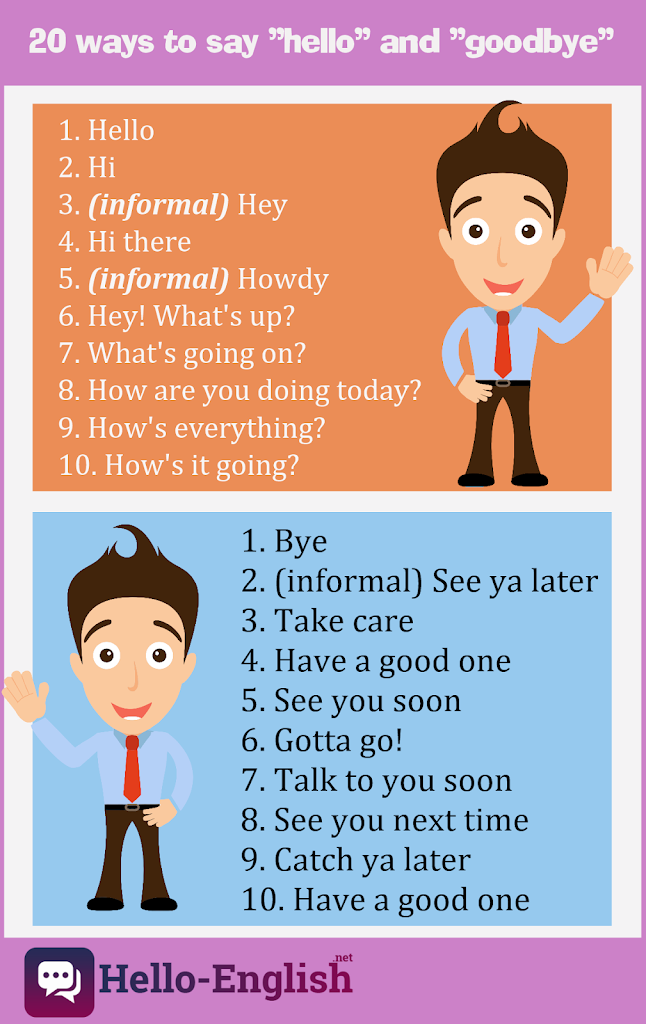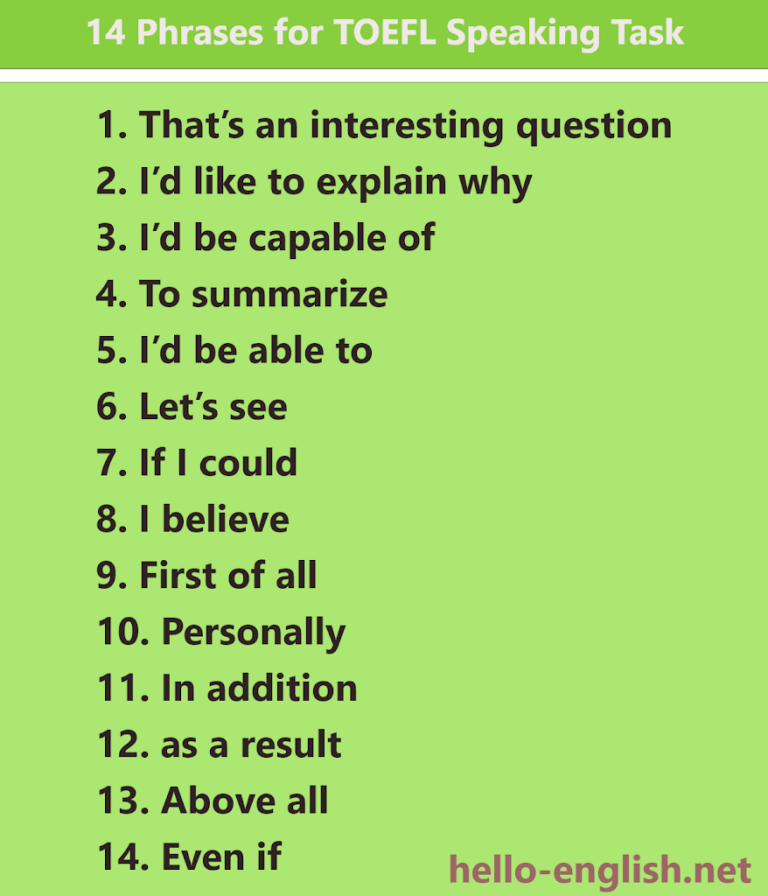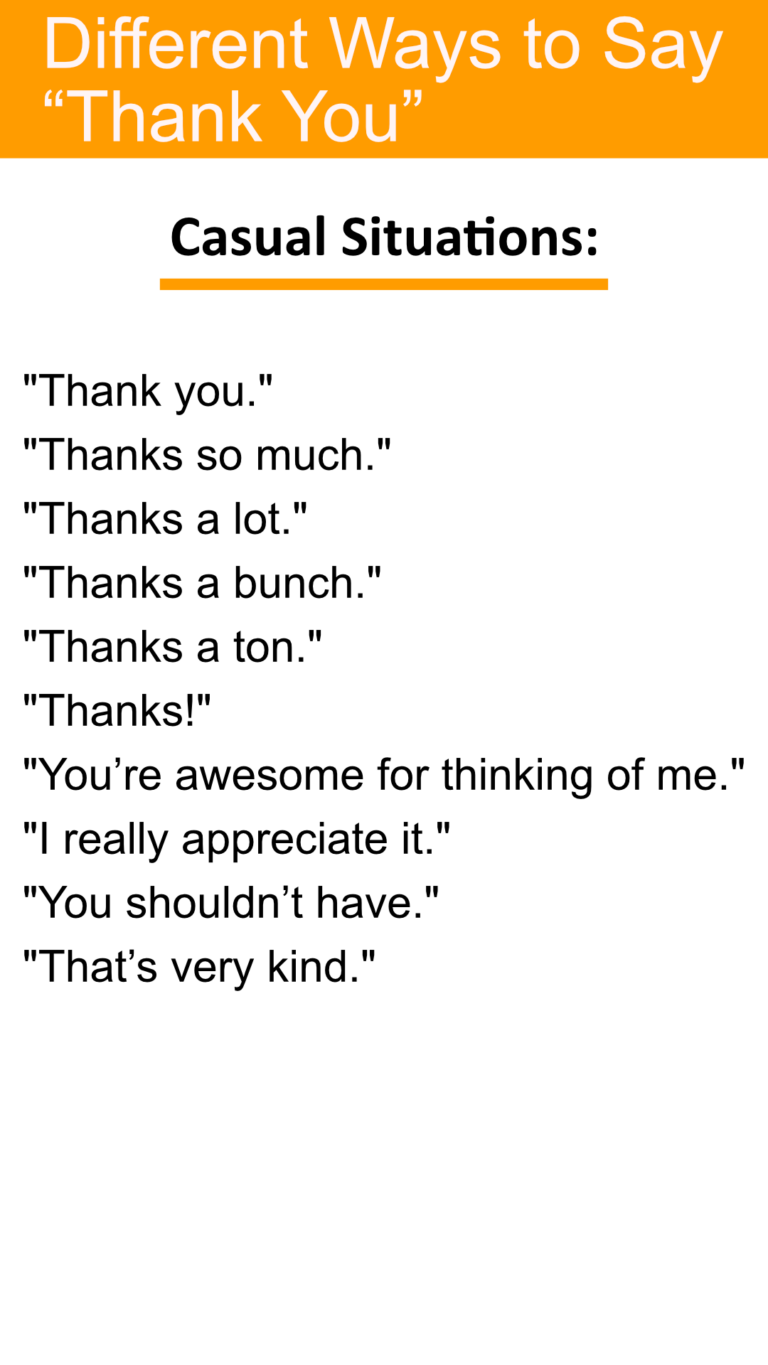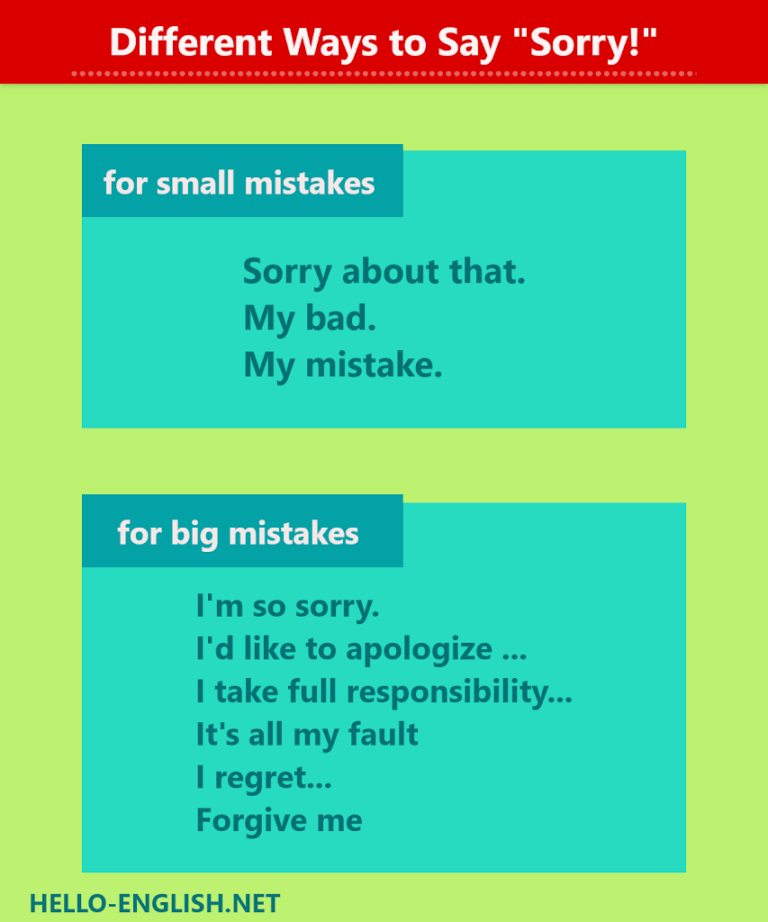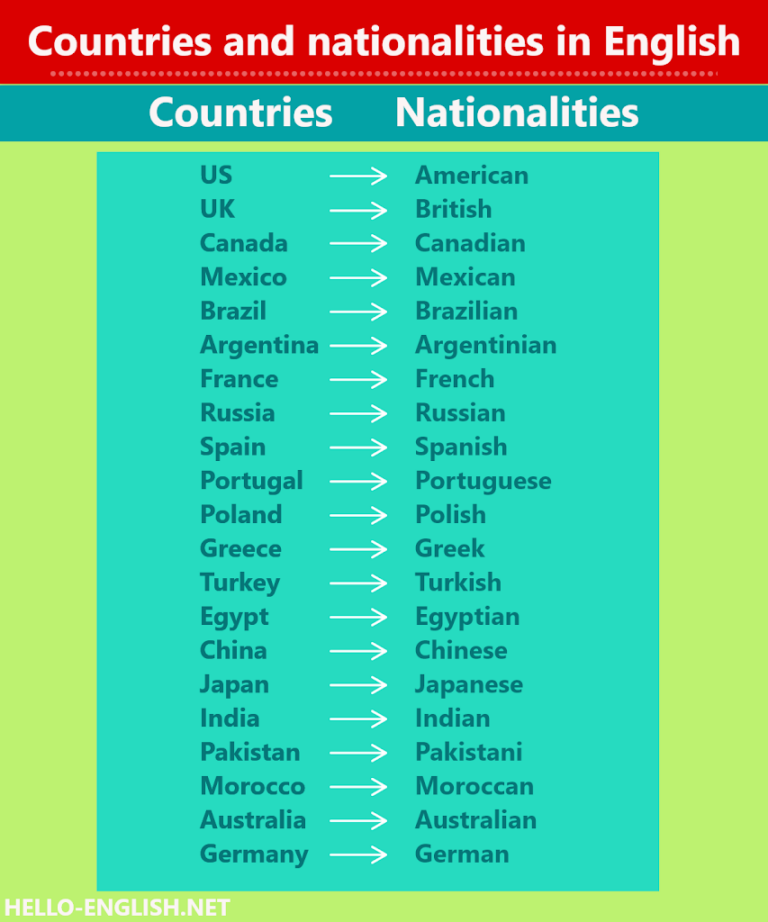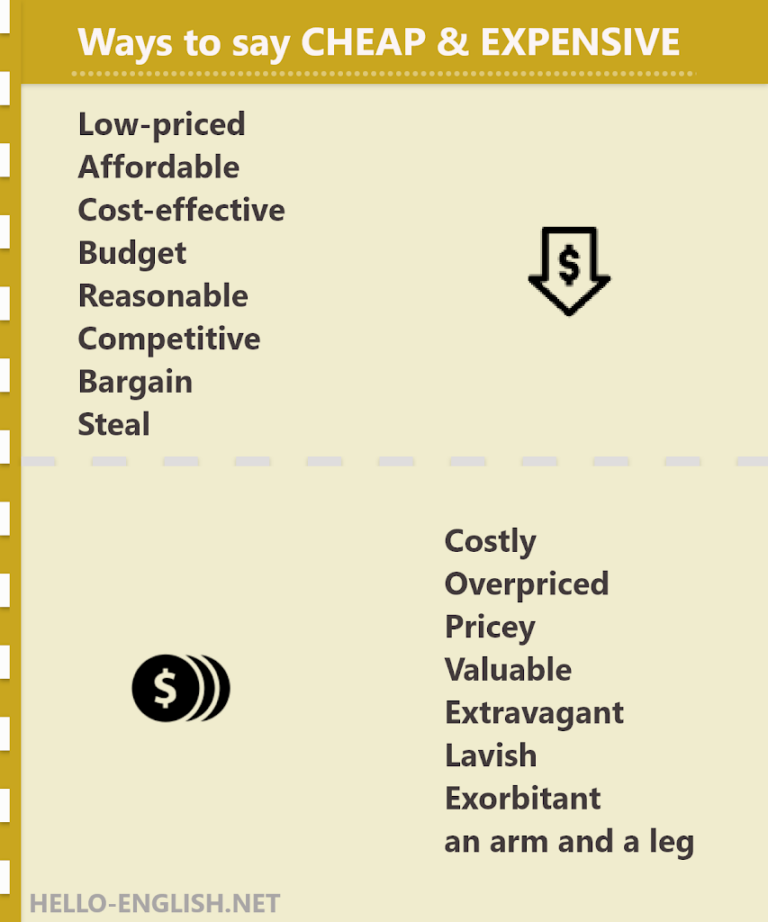12 Essential Formal and Informal Greetings in English
Greetings are more than just a way to say hello—they set the tone for the conversation and can show respect, warmth, or friendliness depending on how they are used.
Mastering both formal and informal greetings in English is key to effective communication in different social and professional settings.
In this lesson, you will learn 12 important greetings, from casual phrases used with friends to more professional expressions perfect for work and formal occasions. This guide is perfect for anyone seeking greetings in English for beginners and will help you feel confident in a variety of situations.
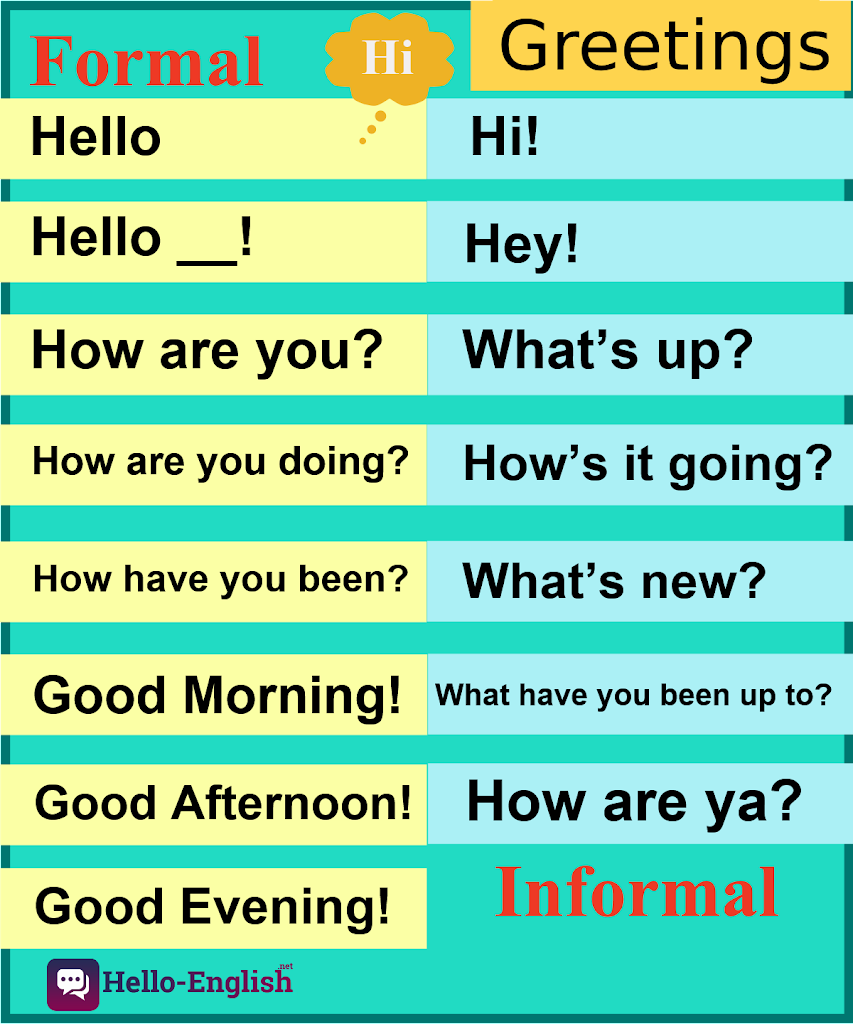
Basic Greetings
Basic greetings are the foundation of many conversations. These phrases are simple, direct, and can be used in both formal and informal settings. They are essential for anyone learning English because they fit into almost any situation.
Common Basic Greetings:
- Hello!
- Hi!
- Good morning!
- Good afternoon!
- Good evening!
- How are you?
- Nice to meet you.
Example Conversation:
- Person A: Hello!
- Person B: Hi! How are you?
- Person A: I’m good, thanks. How about you?
These greetings are great for starting conversations with anyone, whether it’s a friend, a colleague, or someone you’ve just met. They are also commonly used as polite openers for emails or meetings.
Formal Greetings in English
When you’re in a more professional or polite situation, you’ll want to use formal greetings. These greetings show respect and professionalism, making them perfect for business settings, interviews, or when meeting someone for the first time.
Examples of Formal Greetings:
- Good morning, Sir/Madam.
- Good afternoon.
- Good evening.
- It’s a pleasure to meet you.
- How do you do?
- Greetings.
Formal Greeting Responses:
- Good morning, how are you today?
- Good afternoon, it’s nice to meet you.
- Good evening, I’m pleased to be here.
- How do you do? (The same phrase is repeated as a response)
Example Conversation:
- Person A: Good afternoon, Mr. Thompson. It’s a pleasure to meet you.
- Person B: Good afternoon, it’s a pleasure to meet you as well.
Formal greetings are often used in professional settings like meetings, conferences, or formal gatherings. They can also be used when you want to show extra respect or politeness, even in more casual environments.
Informal Greetings in English
Informal greetings are much more relaxed and are used when speaking with friends, family, or people you know well. These greetings are casual and create a friendly atmosphere, making them perfect for day-to-day conversations.
Examples of Informal Greetings:
- Hey!
- Hi there!
- What’s up?
- How’s it going?
- Yo!
- How are you doing?
Informal Greeting Responses:
- Hey!
- Hi! I’m good, and you?
- Not much, what’s up with you?
- I’m doing well, thanks!
- Yo! Good to see you.
Example Conversation:
- Person A: Hey! Long time no see.
- Person B: Hi there! Yeah, it’s been a while. How’s it going?
Informal greetings are great for casual conversations and can be used when talking to friends, family, or people you feel comfortable with. They are not typically used in professional or formal situations but are perfect for everyday encounters.
Choosing the Right Greeting
The key to choosing the right greeting in English depends on the context of the conversation and the relationship between you and the other person. Here are some tips for choosing the appropriate greeting:
- For Professional Settings: Stick with formal greetings like “Good morning” or “It’s a pleasure to meet you.” These greetings show respect and professionalism.
- For Casual Settings: Use informal greetings like “Hey” or “What’s up?” These are great for relaxed conversations with friends or people you know well.
- When in Doubt: If you’re unsure whether to be formal or informal, start with a more neutral greeting like “Hello” or “Hi.” These phrases work in almost any situation and can be adjusted as the conversation continues.
Cultural Considerations
It’s also important to note that greetings can vary between English-speaking countries. For example:
- In the UK, people tend to use more formal greetings like “Good morning” and “Good evening” in professional settings.
- In the US, even in semi-professional settings, it’s common to use more casual greetings like “Hey” or “Hi”, depending on the company culture.
- In Australia, informal greetings like “G’day” are widely used, even in professional environments.
Understanding the cultural context can help you choose the most appropriate greeting based on where you are or who you are speaking with.
Conclusion
Now that you know these 12 essential formal and informal greetings in English, you’re ready to use them in different contexts. Whether you’re meeting someone in a professional setting or catching up with a friend, you’ll always have the right greeting on hand. Practice these phrases, and soon they will become second nature.
By mastering these greetings, you’ll enhance your communication skills and be able to confidently greet others in English—no matter the situation!
